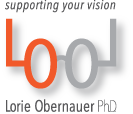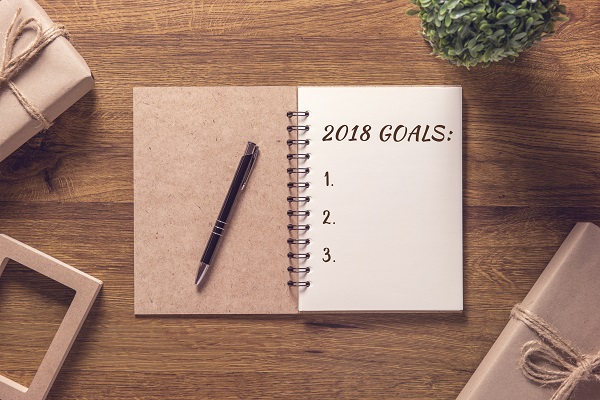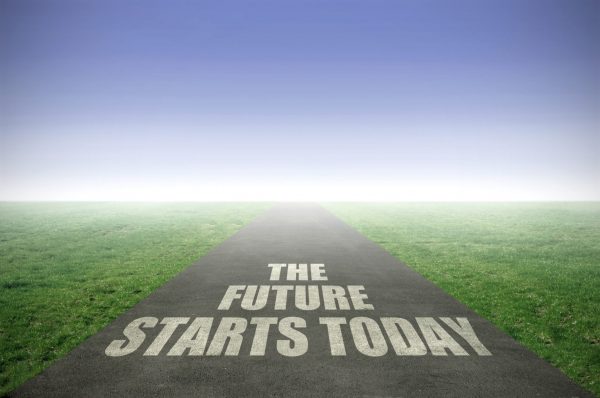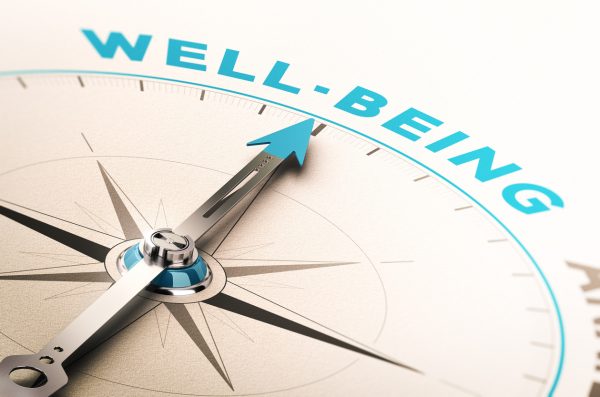by Khara Brindle
Gary Chapman starts his book, The 5 Love Languages, by sharing the concept of love being measured like a gas tank and asking: are you empty or full? This imagery can be powerful in measuring affection, value, and connection to others in our life, not only with spouses or partners, but with family and close friends as well.
Languages Defined
Gaining knowledge of the five languages can be supportive to your self-awareness as well as provide some guidance on how to strengthen your relationships with others. You may start this process by defining each of the five languages and connecting them to real-life examples that are meaningful and relevant to you. You may also identify which languages are most important to you by recalling what you’ve felt lacking in current or former relationships, such as moments you may have voiced unhappiness or dissatisfaction. Gary Chapman emphasizes that for many, what we complain about can be the access point to exploring what is most important to us since importance is implied in our behavior of speaking up about it. To best understand how this could look, let’s further explore the languages. In summary, according to Gary Chapman, the languages are 1) Physical Touch, 2) Quality Time 3) Words of Affirmation, 4) Acts of Service and 5) Gifts. Below are some examples that represent each language type:
• Physical Touch-hugging, holding hands, kissing, sex, rubbing someone’s back, sitting close, casual touch
• Quality Time-talking a walk, eating dinner together, lying in bed, taking a drive, engaging in a shared hobby
• Words of Affirmation-expressing compliments or appreciation through words, such as “I love you, I’m proud of you, I appreciate you, you make my life better”
• Acts of Service-washing their car, cooking their favorite meal, picking up the laundry or toys, doing an extra chore
• Gifts-making them a card, buying their favorite food, flowers, chocolate, or trinket just because
Please remember this is not an exhaustive list in that there are many more examples that one can identify based on their own experience and expression of caring and affection. With this in mind, it is also important to explore some rules around the languages expression when connecting with those we care about most.
Food for Thought
Within The 5 Love Languages come some guidelines of how affection and caring can be expressed to be categorized and recognized as genuine. Quality Time for example, defines one-on-one time that promotes connection and conversation. Many couples or families would say they spend frequent time together in activities such as going to the movies, reading, driving, or watching TV. As you can already guess, these activities do not necessarily encourage connection just through proximity in being in the same space at the same time. Instead, one is encouraged to find meaningful activities that allow conversation and connection such as talking a walk, cooking together, crafting, and more. For Acts of Service, it is best to keep in mind that for your loved one to truly feel the affection you wish to demonstrate, the act performed must be done authentically and without agenda. For example, one may wash their partners car or run an errand to make their partner’s day easier or bring them joy, not expecting a favor in return for this good deed. This rule also applies to Gifts in the idea that we aren’t giving someone we love a gift in the hopes that they will return the favor or owe us something in return.
Discovery and Depth
Gary Chapman provides helpful examples of Love Languages in action throughout his book. For many, reflecting on what they ask for or ask more of, can be helpful in discovering their top Love Languages. The book has a quiz in the back to encourage reflection and you can also access the quiz online for free to determine your top Love Languages at http://www.5lovelanguages.com/profile/.
So where do you go from here? Once aware of your own languages, you can explore the languages that partners or loved ones value most. For many of us, we express the languages that we prefer or languages that make us feel loved, which may not translate well to our partners or loved ones in meeting their individualized needs. If there is in fact an overlap of the top two languages, in a duo for example, their communication and connection can occur relatively naturally due to speaking the same language on most occasions. If a duo does not have a language in common, it could require extra effort to connect and speak the language that supports your loved one in feeling appreciated and have their affection gas tank feel ‘full.’
Handling Homework
This may all resonate with you as you read, however the real connection between the concepts and experience comes through practice! Assigning yourself low-risk homework or intention of practicing a loved one’s desired love languages can provide you with evidence of the value of connecting with others in this way. For many, efforts to speak a chosen language allow measurable results. For one individual in her attempts to reconnect with her spouse, she saw a softening and willingness from her partner when she engaged in their chosen language in authentic ways after weeks of conflict. Actions speak louder than words, which can absolutely apply in helping you connect with your loved ones and also advocate for your own needs in current relationships.
In a time when love is sought, defined, and desired, having something concrete to work on can be both empowering and reassuring in your experience in relationships with loved ones. The 5 Love Languages speaks to a desire to connect with others and develop a sense of belonging, best captured in this popular quote by Susan Sarandon in the movie Shall We Dance.
“[In a relationship] you’re promising to care about everything. The good things, the bad things, the mundane things, all of it, all the time, everyday. You’re saying ‘your life will not go unnoticed because I will notice it. Your life will not go unwitnessed because I will be your witness.’”
Happy Connecting!
Khara Croswaite Brindle, MA, LPC, ACS, is a Licensed Professional Counselor in the Lowry Neighborhood of Denver, Colorado. She received her Masters Degree in Counseling Psychology from the University of Denver with a focus on community based mental health. Khara has experience working with at-risk youth and families, including collaboration with detention, probation, and the Department of Human Services. Khara enjoys working with young adults experiencing anxiety, depression, trauma, relational conflict, self-esteem challenges, and life transitions.










